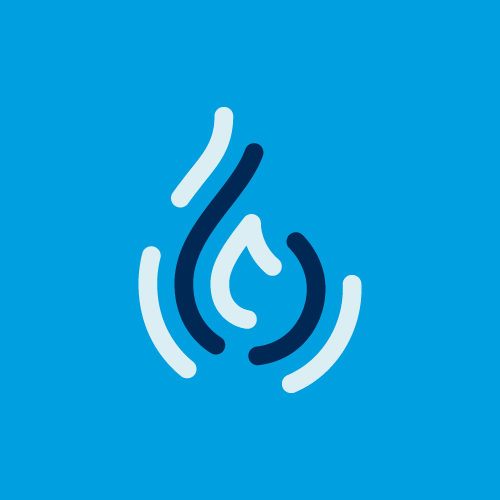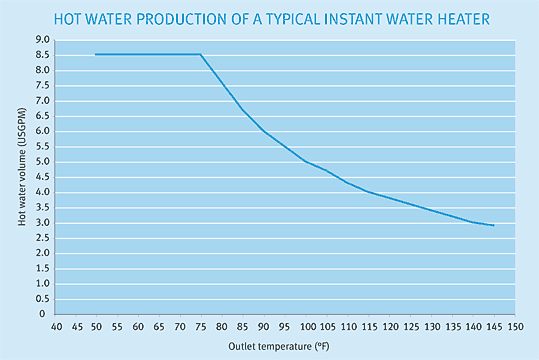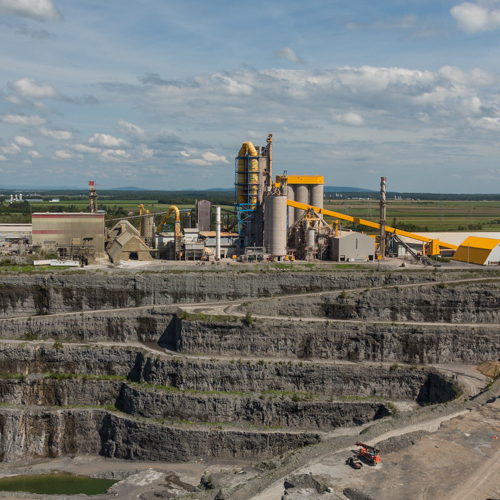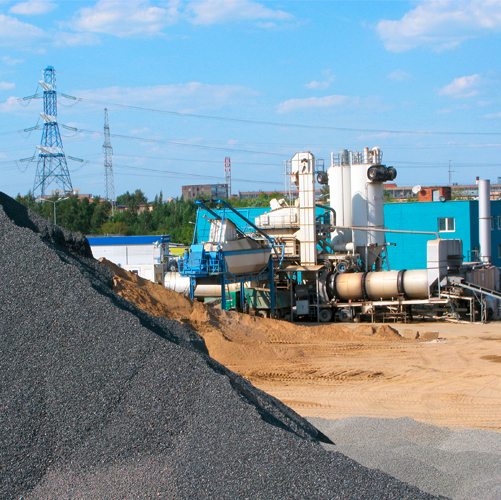In the residential sector, production of domestic hot water haven’t changed much in a long time. But in the past few years, instant water heaters have been a breath of fresh air. By their compact design and modern operation, these small appliances have developed a major niche in the domestic hot water production market.
- In exchange for adjusting our habits, the instant water heater lets us:
- save energy;
- save floor space;
- benefit from continuous hot water;
- gain exemption from the minimum and maximum tank temperature regulations (the maximum limit was intended to prevent burn risks);
- install it in buildings that meet the new standards, such as Novoclimat and NBC-2005.
Energy saving
The energy efficiency of hot water tanks doesn’t always live up to expectations. A conventional water heater has an annualized energy factor (EF) ranging between 0.55 and 0.63. Instant water heaters increase this same factor to 0.82. This gain in efficiency can represent a saving of up to 30%, or more than 150 m3 of natural gas a year.
Over a 10-year period, the water heater will have saved over $1000 (e.g., 150 m3/ year x $0.68/m3). This pays back the additional acquisition cost, not counting the environmental benefits. It should be noted that the appliance’s life cycle should exceed the 10 years indicated in the example.
Saving space
Instant water heaters can be located in a kitchen cupboard or a closet or mounted directly on the wall. They take up less than 10%of the space of a standard water heater. So it isn’t necessary to provide for 4 ft2 of habitable floor area to install a hot water tank.
Continuous hotwater
The days are gone when you had to put off your shower till later because the hot water tank couldn’t handle the job. The instant water heater can deliver more than 240 US gal/hour.
According to plumbing standards
Installing an instant water heater is the easiest way to bring a domestic hot water production system into compliance with the new requirements of Chapter III – Plumbing of the Quebec Construction Code, which came into force on July 1, 2008. The internal temperature of a storage tank water heater must be maintained over 60°C and must not exceed 49°C at the outlet of a shower head or bathtub tap (“CAN/CSAB125.3-Plumbing Fittings”).
According to building standards
In new construction, based on Novoclimat requirements or those related to the measures to eliminate all risks of spillage of combustion products, the vast majority of instant water heaters are sealed combustion appliances.
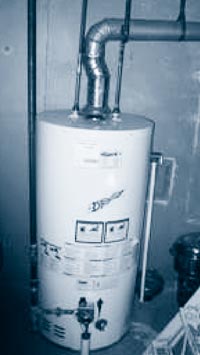
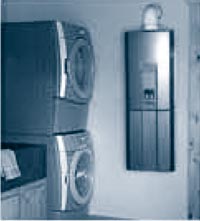
Installation costs
| Detailed costs | Atmospheric water heater | Sealed combustion power direct vented water heater | Instant water heater |
| Appliance cost | $480 | $950 | $1,100 |
| Installation cost | $320 | $550 | $775 |
| Vent | $250 | $250 | |
| Mixing valve1 | $200 | $200 | |
| Financial assistance from the Gaz Métro Energy Efficiency Program | $0 | $0 | $450 |
| Total | $1,000 | $1,950 | $1,675 |
1: Installing an instant water heater is the easiest way to bring a domestic hot water production system into compliance with the new requirements of the National Plumbing Code (NPC-2005). The internal temperature of a storage tank water heater must be maintained over 60°C and must not exceed 49°C at the outlet of a shower head or bathtub tap. This requires an addition to the plumbing.
Adjusting slowly
Usually we have to be careful not to impose too many simultaneous demands on a hot water system. Depending on the capacity of these appliances’ controls, a minimum and maximum flow must be observed. Some of these appliances will reduce the hot water flow to maintain an adequate temperature. If the temperature is adjusted by mixing a quantity of cold water in the tap, as in the case of a standard water heater, this could cause a temperature imbalance. Using a shower mixing valve will eliminate this inconvenience.
These appliances have the capacity to modulate their power, but they are still fitted with devices that ensure they operate at minimum flow to prevent the water from boiling in the exchanger. For example, when shaving you should pour some hot water into the sink instead of running a thin stream of water. Up to 0.6 US gal/minute, the water heater won’t start.
To obtain water at an adequate temperature, you need enough time to heat the system and a few more seconds for exchanger ignition and heat buildup. Ignition is almost instantaneous.
In conclusion, domestic hot water production is a major energy expenditure for most Quebec households. Its share of the energy budget is enlarging with increasingly efficient insulation of new buildings. The instant water heater solution thus reduces energy costs.
Charles Côté, Eng.
Technical Advisor
DATECH Group
Continue reading




